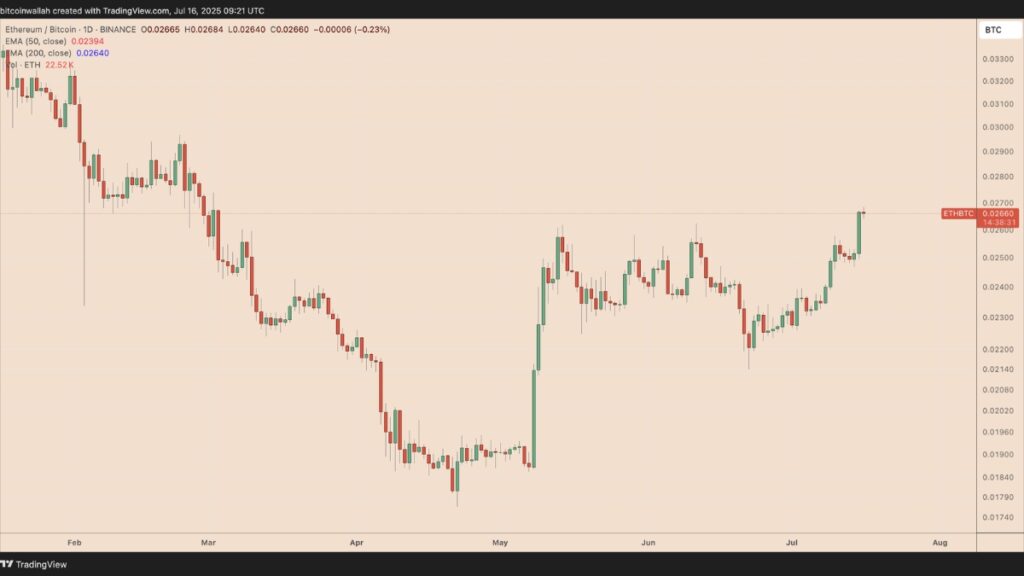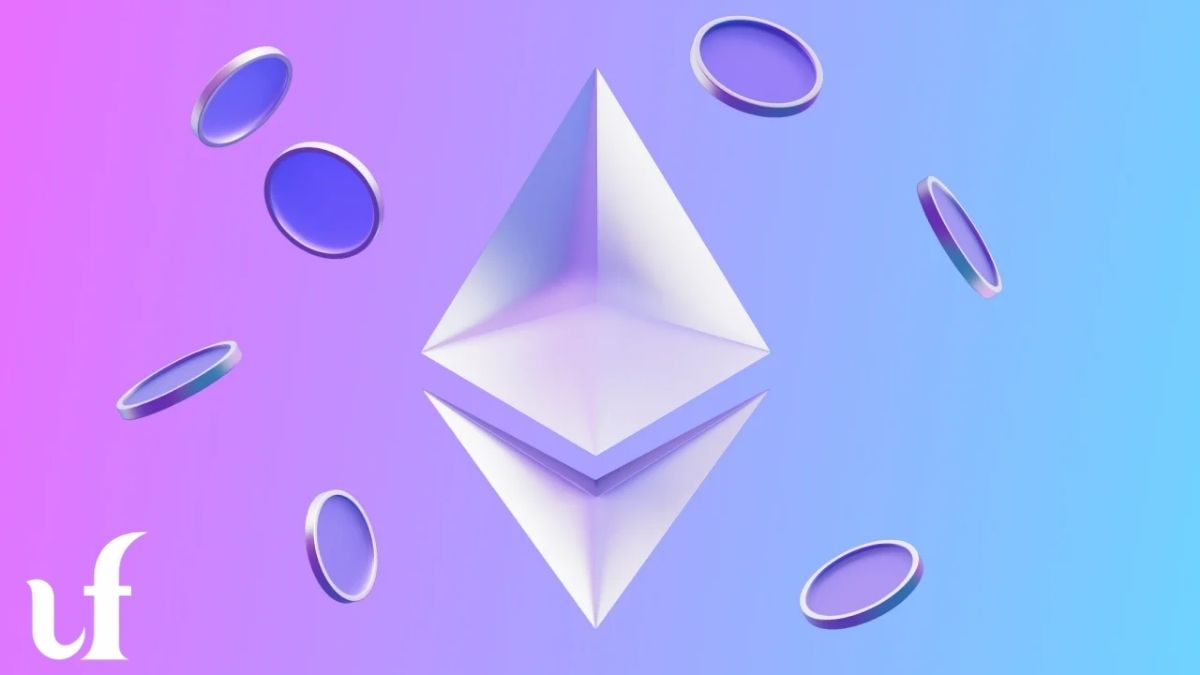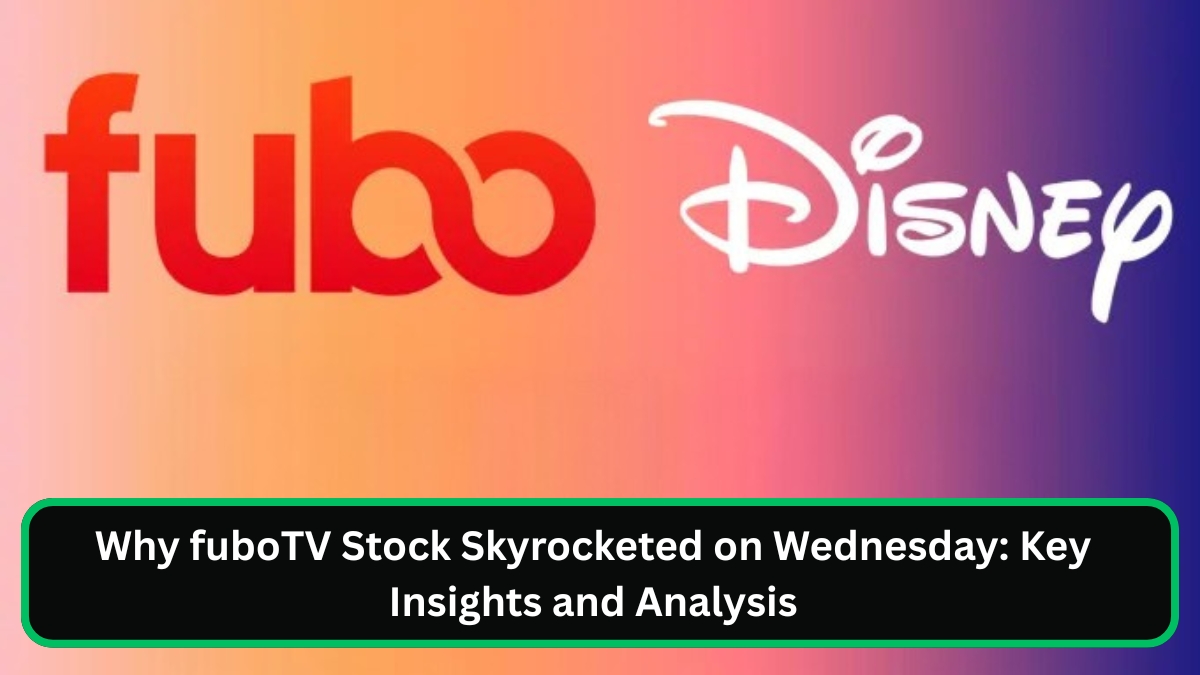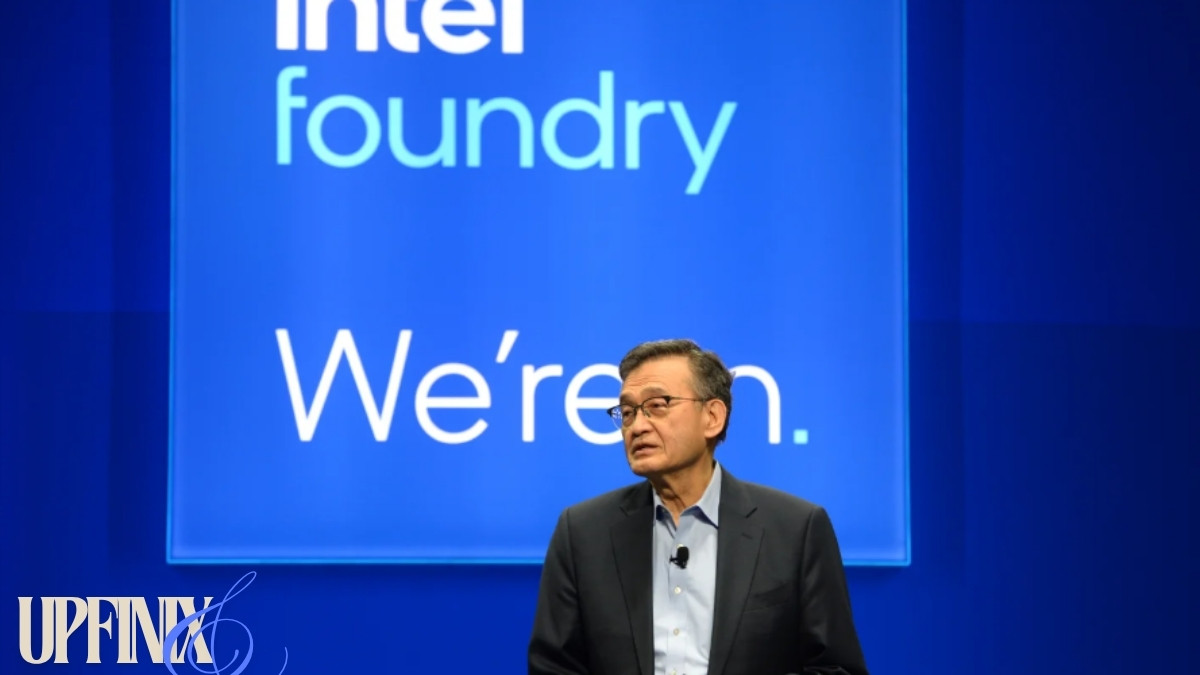Have you ever wondered what Ethereum is and why it’s such a big deal in the crypto world? Whether you’re curious about the ETH price, intrigued by blockchain technology, or just starting to explore cryptocurrencies, you’re in the right place. In this article, we’ll dive deep into Ethereum, breaking down its basics, its real-world impact, and what the future holds for this revolutionary platform in 2025 and beyond. By the end, you’ll have a clear understanding of why Ethereum matters and how it’s shaping the digital landscape.
Table of Contents
What is Ethereum?
Ethereum is a decentralized, open-source blockchain platform that goes far beyond being just a cryptocurrency. Launched in 2015 by Vitalik Buterin and a team of developers, it’s designed to support smart contracts and decentralized applications (dApps). While its native cryptocurrency, Ether (ETH), powers the network, Ethereum’s true strength lies in its versatility.
Unlike traditional systems that rely on centralized authorities (like banks or governments), Ethereum operates on a global network of computers (nodes) that maintain its blockchain. This decentralization ensures transparency, security, and resistance to censorship. Today, Ethereum is the second-largest cryptocurrency by market cap, trailing only Bitcoin, and serves as the foundation for countless innovative projects.
How Does Ethereum Work?
Ethereum’s functionality hinges on a few core components that make it unique. Let’s break it down:
Blockchain Technology
At its heart, Ethereum uses a blockchain—a distributed ledger that records all transactions and data across its network. Each block contains a list of transactions, secured through cryptography, making it tamper-proof.
Smart Contracts
Smart contracts are self-executing agreements coded to run automatically when conditions are met. For example, a smart contract could release payment to a seller once a buyer confirms delivery—no middleman required. This automation powers many of Ethereum’s applications.
Read More: – UNH Stock: Analysis, Trends & Investment Guide 2025
Ethereum Virtual Machine (EVM)
The EVM is the engine that executes smart contracts. Developers write code (often in Solidity), and the EVM ensures it runs consistently across all nodes. This makes Ethereum a global, decentralized computing platform.
Proof of Stake (PoS)
Since its Ethereum 2.0 upgrade in 2022, Ethereum uses Proof of Stake (PoS) instead of the energy-intensive Proof of Work (PoW). In PoS, validators stake their ETH to secure the network and earn rewards, making Ethereum more sustainable.
The Importance of Ethereum
Ethereum’s impact reaches far beyond its cryptocurrency. Here’s why it’s a game-changer:
Decentralized Finance (DeFi)
DeFi platforms, built on Ethereum, offer financial services like lending, borrowing, and trading without banks. Examples include Uniswap (a decentralized exchange) and Aave (a lending protocol), which empower users with direct control over their assets.
Non-Fungible Tokens (NFTs)
Ethereum pioneered NFTs—unique digital assets representing ownership of art, music, or collectibles. Platforms like OpenSea thrive on Ethereum, with sales like Beeple’s $69 million NFT artwork showcasing its cultural impact.
Decentralized Applications (dApps)
From gaming (e.g., Axie Infinity) to social networks (e.g., Lens Protocol), Ethereum hosts thousands of dApps that operate without centralized control, offering users freedom and innovation.
Real-World Example:
In 2023, a virtual concert in Decentraland (an Ethereum-based metaverse) drew millions, demonstrating how Ethereum blends entertainment and blockchain technology.

Ethereum vs. Bitcoin
While often compared, Ethereum and Bitcoin serve distinct purposes:
- Bitcoin: A digital currency focused on being a store of value and payment method.
- Ethereum: A platform for programmable applications, with ETH as its fuel.
Here’s a quick comparison:
| Feature | Bitcoin | Ethereum |
|---|---|---|
| Primary Use | Digital money | Smart contracts & dApps |
| Consensus | Proof of Work | Proof of Stake |
| Flexibility | Limited scripting | Highly programmable |
| Transaction Speed | ~10 minutes/block | ~15 seconds/block |
Ethereum’s added functionality makes it a hub for innovation, while Bitcoin remains a trusted value store.
The Future of Ethereum
Looking to 2025, Ethereum continues to evolve. Its Ethereum 2.0 upgrades have tackled scalability and sustainability, but what’s next?
Also Read: –Joby Stock (JOBY): Analysis, Performance, and Investment Potential in 2025
Scaling Solutions
To handle growing demand, Ethereum is implementing:
- Sharding: Splitting the blockchain into smaller pieces to process transactions faster.
- Layer 2 Solutions: Off-chain systems like Optimism and Arbitrum that reduce congestion and fees.
Challenges Ahead
Ethereum faces competition from faster blockchains like Solana and regulatory uncertainties. However, its robust community and first-mover advantage keep it ahead.
What’s New in 2025
By 2025, expect Ethereum to integrate with AI and IoT, enabling decentralized AI marketplaces and smart contracts for connected devices. The ETH price may also reflect growing adoption.
Frequently Asked Questions (FAQs)
1. What is the difference between Ethereum and Ether?
Ethereum is the blockchain platform, while Ether (ETH) is its cryptocurrency. Ethereum is the ecosystem that supports dApps and smart contracts, and Ether is the currency used to pay for transactions and computational services (known as gas fees). For instance, when you buy an NFT or use a DeFi app, you’re spending ETH on the Ethereum network. Confusingly, people often say “Ethereum” when they mean Ether, especially when discussing its price (ETH price). Understanding this distinction is key to navigating the crypto space.
2. How can I buy Ethereum?
Buying Ethereum (Ether) is straightforward:
• Pick an Exchange: Use trusted platforms like Coinbase, Binance, or Kraken.
• Sign Up: Create an account and verify your identity.
• Deposit Funds: Add money via bank transfer or card.
• Purchase ETH: Search for “ETH,” enter your amount, and buy.
• Secure It: Move your ETH to a wallet like MetaMask or a hardware device.
Always check fees and security features before choosing an exchange. The ETH price fluctuates, so timing your purchase can matter.
3. Is Ethereum a good investment?
Whether Ethereum is a good investment depends on your goals and risk tolerance. Since 2015, ETH has grown dramatically, often outpacing traditional assets. Its role in DeFi, NFTs, and more suggests long-term potential. However, crypto is volatile—prices can soar or crash based on market trends or regulations. Research thoroughly, diversify, and consider consulting a financial expert before investing.
4. What are smart contracts?
Smart contracts are coded agreements that execute automatically on the blockchain. Imagine renting an apartment: a smart contract could release your payment to the landlord once you digitally “sign” the lease. On Ethereum, they power everything from DeFi loans to NFT sales, cutting out intermediaries and boosting efficiency.
5. How does Ethereum mining work?
Ethereum no longer uses mining. Post-2022, it switched to Proof of Stake, where validators stake 32 ETH to secure the network and earn rewards. This shift slashed energy use, making Ethereum greener than its Proof of Work days.
6. What is the environmental impact of Ethereum?
Before 2022, Ethereum’s energy use rivaled small nations due to mining. Now, with PoS, its carbon footprint has dropped by over 99%, aligning with sustainability goals. It’s a leader in eco-friendly blockchain tech as of 2025.
Conclusion
Ethereum has transformed blockchain from a niche concept into a global powerhouse, driving DeFi, NFTs, and dApps. Its adaptability and community support make it a cornerstone of the crypto world. As 2025 unfolds, Ethereum’s innovations will likely shape technology and finance further. Stay curious and explore its potential!










